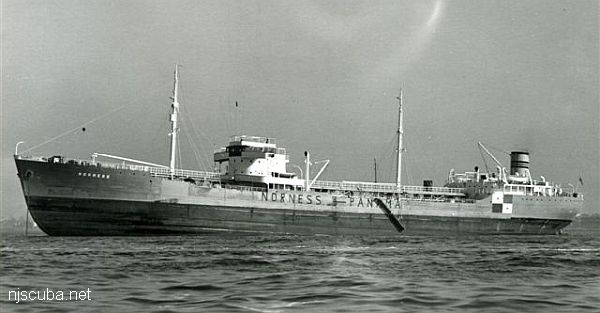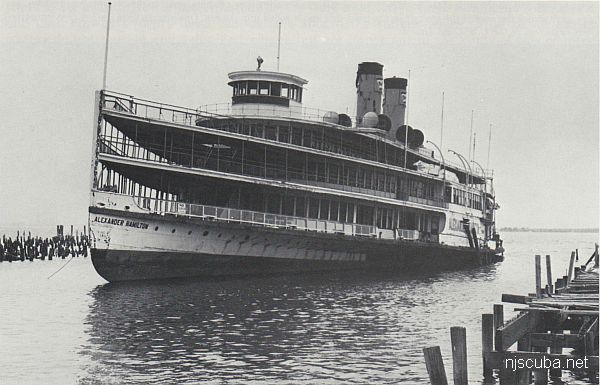Dive Sites (28/45)
More: Dive Sites ...
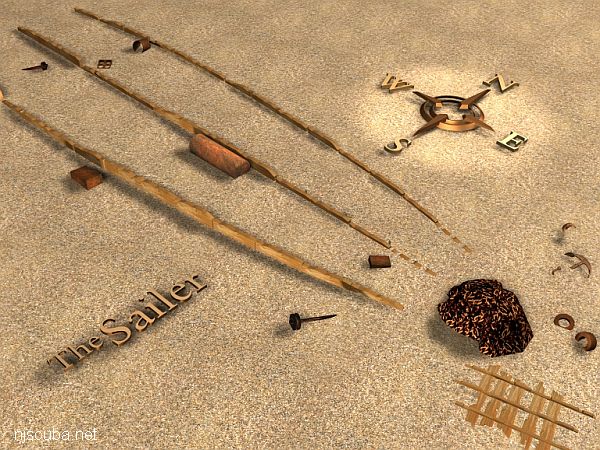
- Type:
- shipwreck, sailing ship
- Depth:
- 75 ft
The "Northeast Sailor" is the remains of a large sailing ship. The absence of towing bits is an indicator that this was probably not a schooner barge, while the presence of a boiler and steam machinery place the vessel in the mid to late nineteenth century.
More: Northeast Sailor ...
- Type:
- shipwreck, barge
- Built:
- 1918
- Specs:
- 1267 tons
- Sunk:
- Sunday December 10, 1933
foundered in rough seas - Depth:
- 70 ft
low lying wood & metal debris field
More: Northern 29 ...
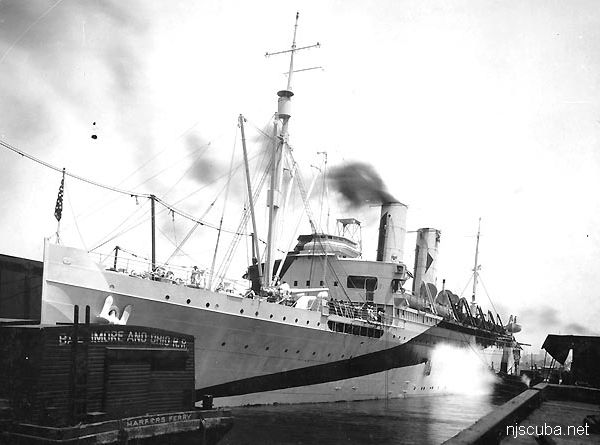
( obviously retouched by censors. )
- Type:
- shipwreck, liner, USA
- Built:
- 1915, Cramp Shipbuilding, Philadelphia PA USA
- Specs:
- ( 509 x 63 ft ) 8256 gross tons, 28 crew
- Sunk:
- Wednesday February 8, 1922
burned - 4 casualties - Depth:
- 140 ft
More: Northern Pacific ...
- Type:
- shipwreck, iron-hulled screw steamer
- Built:
- 1881, England
- Specs:
- ( 287 x 37 ft ) 1963 gross tons
- Sunk:
- Saturday September 23, 1882
ran aground - no casualties
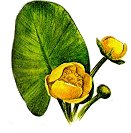
Coast Guard records denote this wreck as "disproved" - no longer there. It was removed as a hazard to navigation. Nuphar is the genus name for Water Lilies.
More: Nuphar ...
4.5 Nautical Miles off Ocean City
Depth: 55-70 ft [download]
More: Ocean City Artificial Reef ...

